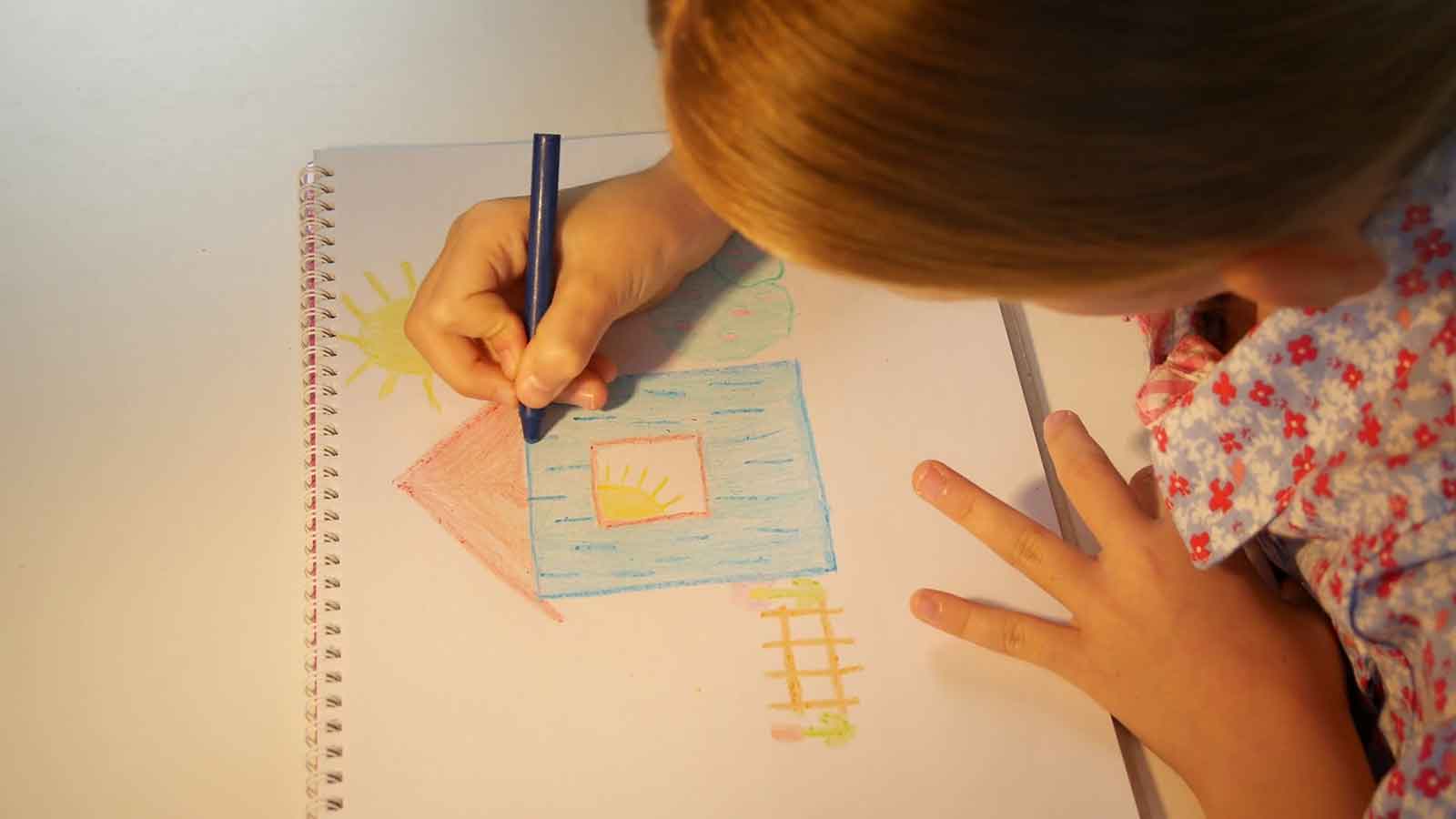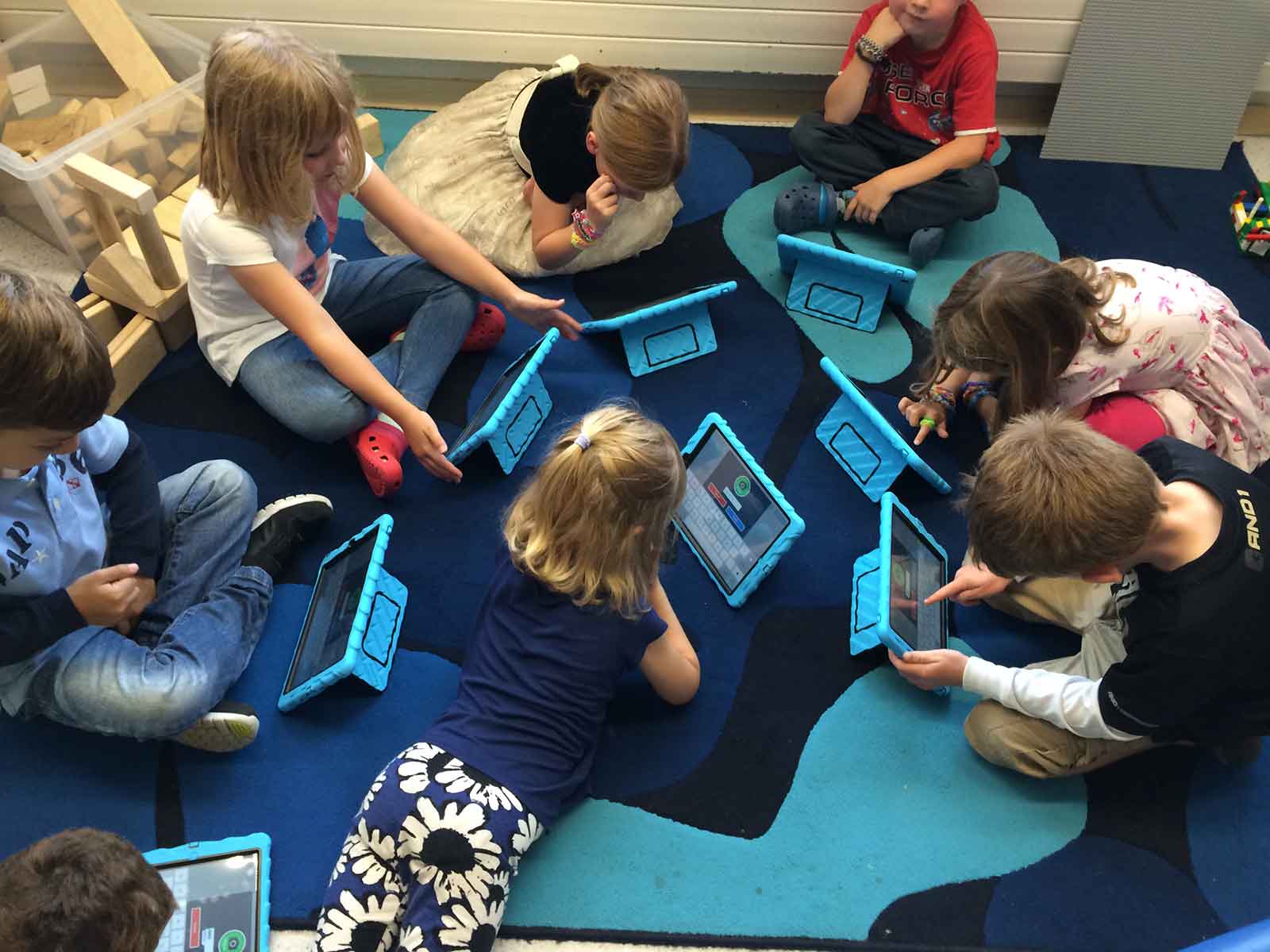Moving beyond the textbook and the benefits of tailored learning
February 26, 2020
The advances in technology have shaped the world in which we live and changed almost every aspect of our lives. This includes the way our children learn and find out more about everything that surrounds them.

While regular books have a role, we need to be aware that digital books and other types of digital content may have a much bigger impact. The best part about learning with the help of technology is that information is available at any moment of the day and can be tailored according to the needs, interests, and talents of each student. Unlike traditional methods of learning, which treat all students the same, technology allows the teachers to shape the learning process in a way that enables them to get the most from each student. Here are some other amazing benefits of using digital textbooks instead of the traditional ones.
When it comes to children, we all know how heavy a backpack can become when carrying all sorts of textbooks. Not to mention that they require physical storage space. Digital books can solve both of these problems, taking the heavy weight off the children’s backs and leading to more relaxed and less crowded classrooms. Digital content ends up being so appreciated, especially among younger students, not just because it is interesting but also because it is interactive. It is easier for students to get engaged and have their attention grabbed. As a result they are more willing to invest effort and attention in the learning process. With the help of a small device, learning can take place anywhere and anytime these days. Whether one is at home, traveling or commuting, digital books need just a button press to become available. The effort is minimal while the satisfaction is great.
New Paragraph
Articles

In the period since COVID forced many of us back home and out of the office, remote work has become the new norm for many. The flexibility of working from home, especially for those with small children, is very compelling, but making a productive workspace is more than setting up a desk in the spare room. More people are seeking to create functional and comfortable workspaces in their homes, however, it can be difficult to strike the right balance between a professional office space and a cosy home environment. Here are some tips for designing a home workspace that meets both of these needs: Dedicate a specific area for work Designating a specific area for work is essential for separating work from leisure time. This could be a separate room or just a corner of a room. It is important to make sure that the workspace is free from distractions and clutter, as this will help you stay focused and productive. Choose the right furniture Ergonomic furniture is key to a comfortable and productive workspace. Invest in a comfortable chair, a desk that is the right height, and a good-quality mouse and keyboard. If you are prone to back pain, consider a standing desk. Add personal touches Just because your workspace should be functional, doesn’t mean it can’t be personal. Add photos, plants, and other personal items to make the space feel like your own. This will help create a sense of comfort and make you feel at home in your workspace. Good lighting Good lighting is essential for a comfortable workspace. If possible, place your desk near a window for natural light. If not, invest in a high-quality desk lamp to provide bright, even light. Keep it organised An organised workspace will help you stay productive and focused. Use desk organisers, filing cabinets, and other tools to keep your work area free from clutter. A clean and organised workspace will also help you start each day with a clear mind. Consider your work style Think about the type of work you do and how you like to work. If you prefer a minimalist workspace, opt for a simple desk and a few basic supplies. If you need space for multiple screens and other technology, make sure you have enough room to work comfortably. Take breaks It’s important to take breaks throughout the day to avoid burnout. Step away from your desk, go for a walk, or do some stretching exercises to clear your mind and recharge.











